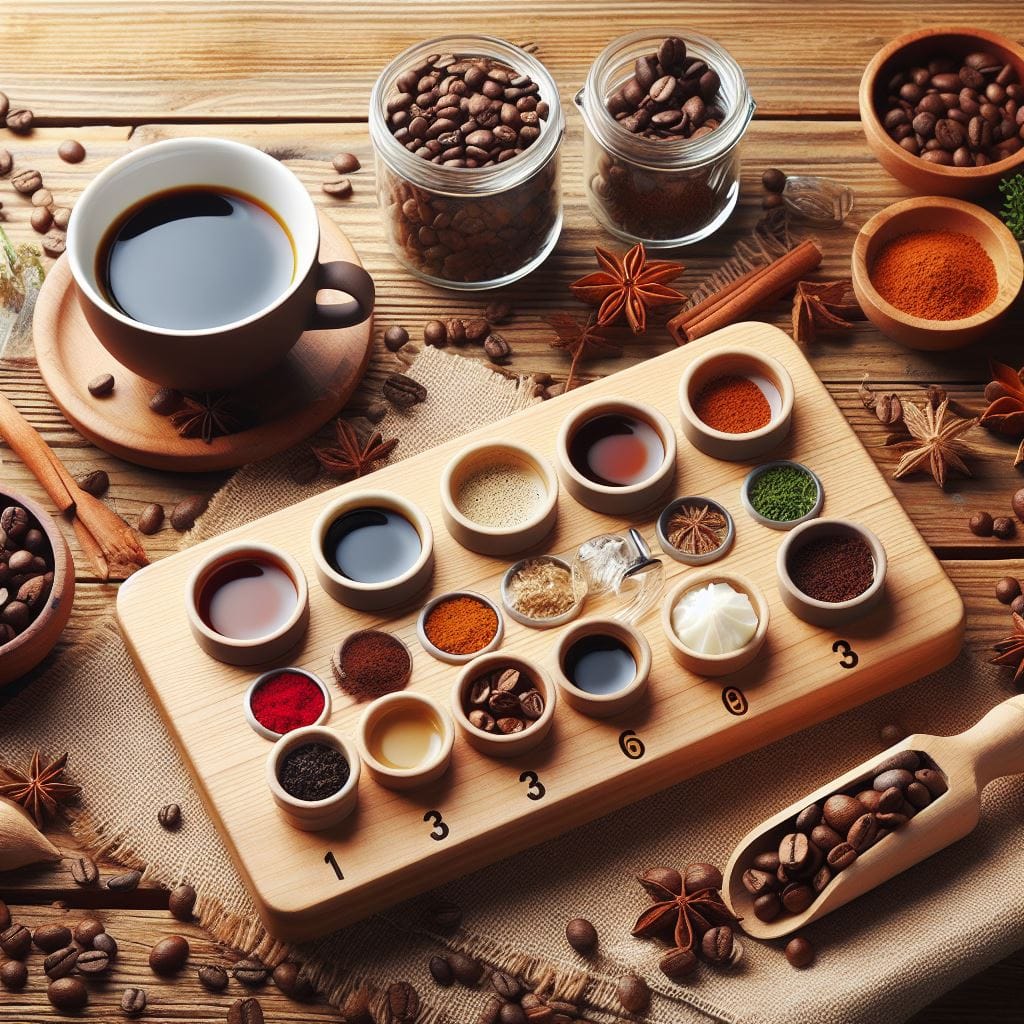You’ve learned about the fascinating world of coffee flavors, but how do you actually find those flavors in your cup? It’s not magic (though it might seem like it!), but it is about understanding how your brewing choices impact the final taste.
In this article, we’ll explore how different brewing methods and techniques can unlock or even hide certain flavor notes in your coffee. Think of it like being a conductor, guiding the orchestra of flavors to create a harmonious symphony in your cup.
Brewing Methods: A Flavor Symphony
Each brewing method has its own unique way of extracting flavors from coffee beans. Some methods highlight delicate nuances, while others emphasize boldness and body. Let’s explore a few popular methods and their impact on flavor:
- French Press: This immersion method produces a full-bodied cup with rich flavors and a heavier mouthfeel due to the extended contact time between the coffee grounds and water. It tends to highlight the coffee’s natural oils and bolder notes, making it a great choice for showcasing the earthy and chocolatey notes of a Sumatran coffee or the full-bodied richness of a Brazilian blend.
- Pour Over: Known for its precision and control, pour-over methods can accentuate delicate flavors and acidity, producing a cleaner, more nuanced cup. The controlled water flow and precise extraction allow for a more delicate flavor profile, making this an excellent choice for highlighting the floral and fruity notes of an Ethiopian Yirgacheffe or the bright acidity of a Kenyan coffee.
- AeroPress: This versatile brewer can create a range of flavor profiles, from clean and bright to rich and full-bodied, depending on the brewing technique used. Experiment with different grind sizes, water temperatures, and brewing times to discover the full potential of your beans. For example, a shorter brew time with a medium-fine grind can highlight the bright acidity of a Central American coffee, while a longer brew time with a coarser grind can bring out the deeper chocolate notes of a South American blend.
Grind Size: The Flavor Conductor
Grind size plays a crucial role in flavor extraction. A coarser grind extracts slower, preventing over-extraction and bitterness, while a finer grind extracts faster, potentially bringing out more delicate nuances. Matching the grind size to your brewing method is essential for achieving the desired flavor profile.
Water Temperature: The Flavor Catalyst
Water temperature also influences extraction. Hotter water extracts more quickly, potentially leading to bitterness if not carefully controlled. Cooler water extracts more slowly, which can result in a weaker or underdeveloped flavor. Aim for the ideal brewing temperature of 195-205°F (90-96°C) to strike the perfect balance.
Brewing Techniques: Fine-Tuning the Flavor
Beyond the basics, subtle brewing techniques can further refine your coffee’s flavor:
- Pre-infusion or Blooming: This technique involves pouring a small amount of water over the coffee grounds before the main brew, allowing the coffee to “bloom” and release trapped gases. This can enhance the flavor clarity and sweetness.
- Agitation: Gently stirring or swirling the coffee during brewing can help ensure even extraction and prevent channeling (where water flows unevenly through the coffee bed).
- Brew Time: The total brew time, including steeping and dripping, affects the final flavor. Experiment with different brew times to find what works best for your preferred taste.
Tasting Your Brew: Putting It All Together
Now that you’ve brewed your coffee using your chosen method and techniques, it’s time to put your tasting skills to the test! Here’s how to evaluate your cup:
- Observe: Take a moment to appreciate the coffee’s appearance. Note the color, crema (if applicable), and any other visual cues.
- Inhale: Close your eyes and take a deep breath. What aromas do you perceive? Are they fruity, floral, chocolatey, or something else entirely?
- Taste: Take a sip and let the coffee coat your tongue. Pay attention to the initial flavors, the mid-palate, and the lingering aftertaste. What tastes do you detect? How would you describe the acidity, body, and overall balance?
- Reflect: How did your brewing choices influence the final flavor? Did the brewing method, grind size, water temperature, or brewing techniques enhance or mask certain flavors?
Experiment and Discover: The Flavor Alchemist
The beauty of coffee brewing lies in its endless possibilities for experimentation. Don’t be afraid to try different brewing methods, grind sizes, water temperatures, and techniques to discover new and exciting flavors in your coffee.
By understanding how brewing choices influence flavor, you’ll become a true coffee alchemist, transforming your beans into a symphony of taste with every cup.
Up next: Seed 104: III. The Coffee Tasting Journal
In our next article, we’ll explore the benefits of keeping a coffee tasting journal, guiding you to record your brewing experiments, tasting notes, and flavor discoveries. Get ready to embark on a personalized coffee adventure!





No Comment! Be the first one.